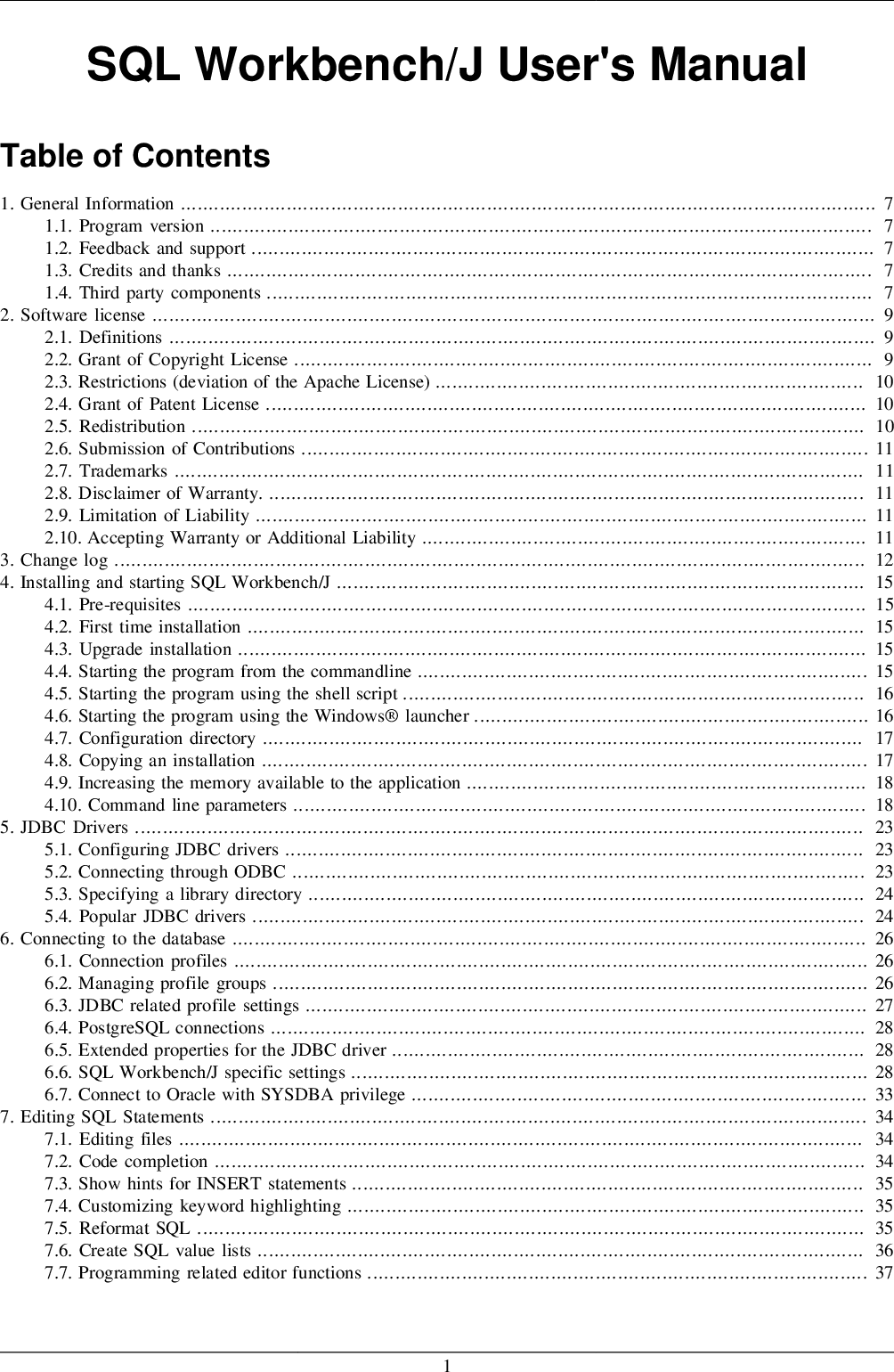In JavaScript , we have functions and we have arguments that we pass into those functions. But how JavaScript handles what you're passing in is not always clear. There is no "pass by reference" for any variable in JavaScript. All variables and arguments are assigned by value, but for objects the value of the variable is a reference. Because of this, when you pass an object and change its members, those changes persist outside of the function. So, Primitive values like number, string, boolean are passed by value while Objects and arrays are passed by reference like above said.
This is the last of the run of four chapters introducing functions. By now, you know about using functions to execute code on demand and passing information to and from functions using parameters, arguments, and the return keyword. You've also seen how to use objects to collect values together as named properties. Well, it's time to combine functions and objects to turbocharge productivity, efficiency, and readability. Reference data type parameters, such as objects, are also passed into methods by value. This means that when the method returns, the passed-in reference still references the same object as before.
However, the values of the object's fields can be changed in the method, if they have the proper access level. A value passed to a function or sub is automatically converted to the data type of the function or sub argument if conversion is possible. A Variant argument will accept a value of any built-in data type; and any list, array, or object.
A Variant argument will not accept a value of a user-defined type. Keep in mind, however, that lists, arrays, objects, and user-defined types cannot, and therefore should not, be passed by value. _.bindAll now takes the context object as its first parameter.
If no method names are passed, all of the context object's methods are bound to it, enabling chaining and easier binding. _.functions now takes a single argument and returns the names of its Function properties. Calling _.functions will get you the previous behavior. Added _.isRegExp so that isEqual can now test for RegExp equality. All of the "is" functions have been shrunk down into a single definition.
After all, it does have methods and a length property. In fact, Strings in Javascript are indeed passed "by reference". Thus, calling a function with a string does not involve copying the string's contents. However, JavaScript Strings are immutable; in contrast to C++ strings, once a JavaScript string has been created it cannot be modified.
Hence, when you change a string in your code, you're actually creating an entirely new string variable. An object, in object-oriented programming , is an abstract data type created by a developer. It can include multiple properties and methods and may even contain other objects. In most programming languages, objects are defined as classes. A simple example of an object may be a user account created for a website.
In Pass by Reference, a function is called by directly passing the reference/address of the variable as the argument. Changing the argument inside the function affects the variable passed from outside the function. In Javascript objects and arrays are passed by reference.
In Pass by Reference, Function is called by directly passing the reference/address of the variable as the argument. Changing the argument inside the function affect the variable passed from outside the function. In Javascript objects and arrays follows pass by reference. In strict-mode code, the arguments object behaves the same whether or not a function is passed rest, default, or destructured parameters.
That is, assigning new values to variables in the body of the function will not affect the arguments object. Nor will assigning new variables to the arguments object affect the value of variables. Added an _.defaults function, for use merging together JS objects representing default options. Added an _.once function, for manufacturing functions that should only ever execute a single time. _.bind now delegates to the native ES5 version, where available.
_.keys now throws an error when used on non-Object values, as in ES5. Fixed a bug with _.keys when used over sparse arrays. Pick a target type, i.e., either string or number, and pass an iteratee to your Underscore function that will convert its argument to a sensible instance of the target type. Or maybe you want to treat them as zeros; it is up to you. The same iterateecan also be passed to other Underscore functions to ensure that the behavior is consistent. Returns a version of the function that, when called, receives all arguments from and beyond startIndex collected into a single array.
If you don't pass an explicit startIndex, it will be determined by looking at the number of arguments to the function itself. Some languages give you the option of specifying whether you want to pass an argument by reference or by value, usually at the function. For instance, PowerShell includes the prefix for this purpose; Visual Basic has the ByVal and ByRef keywords.
Object-Oriented languages are more rigid in their handling of function arguments. They tend to pass all primitives by value and all objects by reference. This is understandable behavior seeing as objects can be quite large and therefore memory-intensive if they were copied by every function. In the above example, we know that aVar will be passed by value because it is an integer.
Loose typing or not, JavaScript uses the best data type for the job, depending on the value. In fact, you can bet that any simple value will be stored as a primitive type of some sort. If a, b and c exist as property names on data, then variables will be created containing the values of the object properties. If the property names do not exist, you'll get undefined. Inside this function, the types of passed arguments are checked to make sure they are undefined before default values are assigned. This approach requires just a bit more code, but it is a safer alternative and allows us to pass 0 and null to the function.
For example, in the above code, when the key obj is added to the myObj, JavaScript will call the obj.toString() method, and use this result string as the new key. You learned about primitive and structured data types in JavaScript. An object is a non-primitive, structured data type in JavaScript. Objects are same as variables in JavaScript, the only difference is that an object holds multiple values in terms of properties and methods.
What happens here is that the last parameter gets merged into the object basePerson. If properties would be the same the last object would win and overwrite the property of the preceding object. This means it will apply all changes to the first parameter in all parameters of the function. To avoid changes to the basePerson object we pass an empty object as the first parameter, so a new object is being created rather than an old one which is reused. You can use any data type for a parameter of a method or a constructor. This includes primitive data types, such as doubles, floats, and integers, as you saw in the computePayment method, and reference data types, such as objects and arrays.
Next, when accessing arguments, just use the parameter name, not this. This is used to reference the invocation context object, not function parameters. The invocation context object is essentially the object that was responsible for causing the function to be invoked in the first place. It can also point to an object that was explicitly set to replace the native object that would have been the context object. And, in the right circumstances, it can point to the Global object or be undefined. This is typically confusing for a lot of JavaScript developers.
Values can be passed to a function, and the function will return a value. In JavaScript, functions are first-class objects, because they can have properties and methods just like any other object. What distinguishes them from other objects is that functions can be called. The syntax is clear and easy to understand and is particularly useful when passing arguments to a function. For strings and array-like objects _.isEmpty checks if the length property is 0.
For other objects, it returns true if the object has no enumerable own-properties. Note that primitive numbers, booleans and symbols are always empty by this definition. Looks through each value in the list, returning the first one that passes a truth test , or undefined if no value passes the test. The function returns as soon as it finds an acceptable element, and doesn't traverse the entire list. Predicate is transformed through iterateeto facilitate shorthand syntaxes. In addition to being able to set and change object property values programmatically, IDL provides a way for users to change property values via a graphical user interface.
The WIDGET_PROPERTYSHEET function creates a user interface that allows users to select and change property values using the mouse and keyboard. It helped me solve my problem with select list box options, where I was adding items to the list by assigning values of a particular object. When I changed the value of the object, even the option element got changed because it was reference. Now I created new option element by using string argument to it, and the problem is solved. It's not uncommon for a single JavaScript function to return different types of objects based on the shape of the arguments passed in.
In TypeScript, every parameter is assumed to be required by the function. The compiler also assumes that these parameters are the only parameters that will be passed to the function. In short, the number of arguments given to a function has to match the number of parameters the function expects. It is important to note that in javascript, all function arguments are always passed by value. That is, JavaScript copies the values of the passing variables into arguments inside of the function.
Newer versions of the JavaScript standard include a Map class, but it is still very common to use objects as maps as well. In this use case, an object will likely have properties added to it and retrieved throughout its lifecycle. Furthermore, the property keys may not even be known statically, so writing out a type annotation would not be possible.
Added _.after, which will return a function that only runs after first being called a specified number of times. _.every now requires an iterator function to be passed, which mirrors the ES5 API. _.extend no longer copies keys when the value is undefined. _.bind now errors when trying to bind an undefined value.
Added _.groupBy, which aggregates a collection into groups of like items. Added _.union and _.difference, to complement the (re-named) _.intersection. _.toArray now returns a clone, if directly passed an array.
_.functions now also returns the names of functions that are present in the prototype chain. Shallowly copy all of the properties in the source objects over to the destination object, and return the destination object. Any nested objects or arrays will be copied by reference, not duplicated. It's in-order, so the last source will override properties of the same name in previous arguments. Returns the key where the predicate truth test passes or undefined.
Memoizes a given function by caching the computed result. If passed an optional hashFunction, it will be used to compute the hash key for storing the result, based on the arguments to the original function. The default hashFunction just uses the first argument to the memoized function as the key. The cache of memoized values is available as the cacheproperty on the returned function. Even if your browser doesn't yet support proposed JavaScript API syntax additions, you can use a tool like Babel in your Node.js app to take advantage of them today. With basic types and argument passing, you can implement anything you can implement in a REST API. But GraphQL supports even more powerful queries.
You can replace multiple API calls with a single API call if you learn how to define your own object types. Methods with excessively long argument lists (even if most of those arguments have 'default' values) start to look like a code smell. Sometimes such functions are necessary, however, and you might consider creating a class whose sole purpose is to act like a Parameter Object. A story is a component with a set of arguments that define how the component should render. "Args" are Storybook's mechanism for defining those arguments in a single JavaScript object.
Args can be used to dynamically change props, slots, styles, inputs, etc. It allows Storybook and its addons to live edit components. You do not need to modify your underlying component code to use args. We are going to use objects as both our function parameters AND arguments! This can greatly simplify the structure of functions. Just as a reminder, you do not need to use this in every case, such as for those that are already straightforward.
After you have created an object, you can set or change its properties by calling the property directly with the dot operator or by calling the object's SetProperty method. It's a handy short-hand for referring to the current object context. When passing a function as a parameter, though, the context is lost. More accurately, this now refers to the context of the object making the call instead of the object's function we just passed in. For standalone functions, this would be the window object and for functions called from an event, this would be the event object.
In JavaScript, we have functions and we have arguments that we pass into those functions. But how JavaScript handles what you're passing in is not always clear. When you start getting into object-oriented development, you may find yourself perplexed over why you have access to values sometimes but not other times. Rest parameters are treated as a boundless number of optional parameters. When passing arguments for a rest parameter, you can use as many as you want; you can even pass none. The compiler will build an array of the arguments passed in with the name given after the ellipsis (...), allowing you to use it in your function.


























No comments:
Post a Comment
Note: Only a member of this blog may post a comment.